Vintage clothing brands hold a special place in fashion history, offering unique styles and quality craftsmanship that make them timeless collectibles. These brands, each with their own story and iconic designs, have captivated collectors and fashion lovers for decades. From classic luxury labels to bold, avant-garde creators, these vintage names continue to influence fashion today. Here’s a look at some of the most collectible vintage brands and what makes them so sought after.
Chanel

Founded in 1910 by Gabrielle “Coco” Chanel in Paris, Chanel revolutionized women’s fashion with its emphasis on simplicity and elegance. The brand introduced timeless pieces such as the little black dress, tweed suits, and quilted handbags, which have become staples in women’s wardrobes. Its designs often featured clean lines and neutral colors, challenging the ornate styles of the early 20th century. Its commitment to quality craftsmanship and luxurious materials has ensured its enduring appeal. Vintage Chanel items, especially those from the mid-20th century, are highly prized by collectors for their classic design and historical significance. The interlocking “CC” logo, introduced in the 1920s, remains one of the most recognizable symbols in fashion. Its influence extends beyond clothing to perfumes and accessories, solidifying its status as a comprehensive luxury brand.
Levi’s
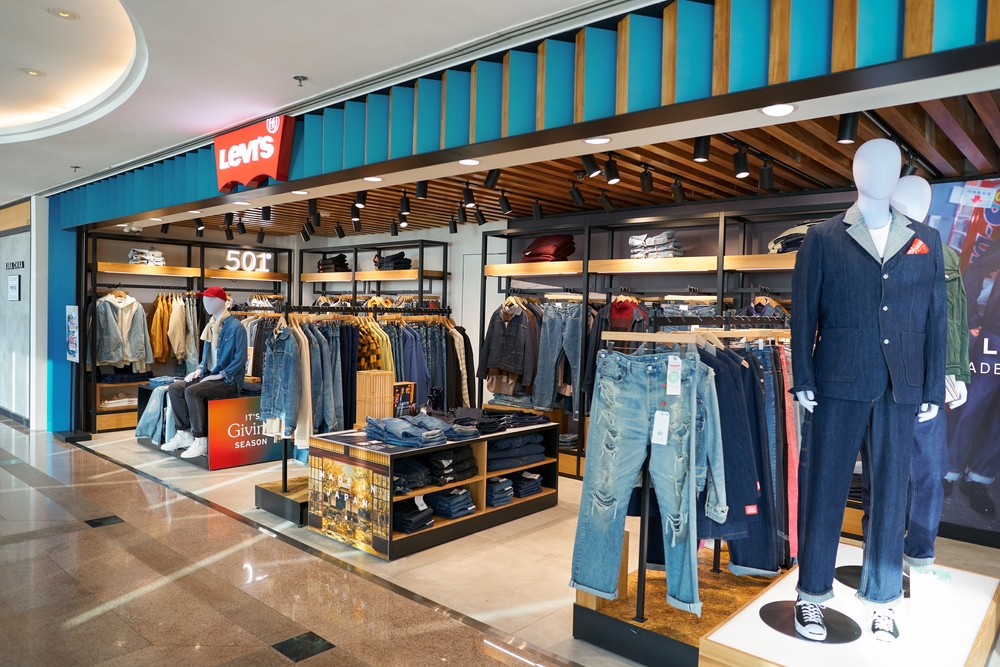
Established in 1853 by Levi Strauss in San Francisco, Levi’s is renowned for creating the first blue jeans, originally designed as durable workwear for miners. The introduction of copper rivets in 1873 enhanced the durability of their denim products, setting a standard in the industry. The 501 model, introduced in the late 19th century, became an iconic piece, symbolizing ruggedness and American culture. Over the decades, Levi’s jeans have been embraced by various subcultures, from cowboys to rock stars, cementing their place in fashion history. Vintage Levi’s, particularly those produced before the 1980s, are highly sought after for their unique fades and superior craftsmanship. Its commitment to quality and authenticity continues to resonate with both collectors and everyday wearers. It has also been at the forefront of sustainable practices, introducing eco-friendly lines to appeal to environmentally conscious consumers.
Yves Saint Laurent

Yves Saint Laurent, established in 1961 by its namesake founder, brought a new level of sophistication to women’s fashion. It is credited with popularizing the tuxedo suit for women, known as “Le Smoking,” challenging traditional gender norms in fashion. Its designs often drew inspiration from art and culture, incorporating bold colors and innovative silhouettes. The Rive Gauche ready-to-wear line, introduced in 1966, made high fashion more accessible to the general public. Vintage YSL pieces, especially those from the 1960s and 1970s, are coveted for their avant-garde design and impeccable tailoring. Its influence is evident in its continued popularity and the enduring relevance of its vintage collections. Its legacy is also marked by collaborations with artists like Piet Mondrian, resulting in iconic pieces that blend fashion and art.
Dior

Christian Dior founded his eponymous fashion house in 1946, introducing the “New Look” in 1947, characterized by cinched waists and full skirts. This silhouette marked a departure from wartime austerity, bringing femininity and luxury back into women’s fashion. Its designs emphasized elegance and opulence, utilizing lavish fabrics and intricate detailing. It expanded into accessories and fragrances, with the launch of the Miss Dior perfume in 1947. Vintage Dior pieces, particularly those from the 1950s, are highly valued for their craftsmanship and historical significance. Its commitment to innovation and excellence has ensured its lasting impact on the fashion industry. Its legacy continues under the direction of various designers, each bringing their unique vision while honoring the brand’s heritage.
Gucci
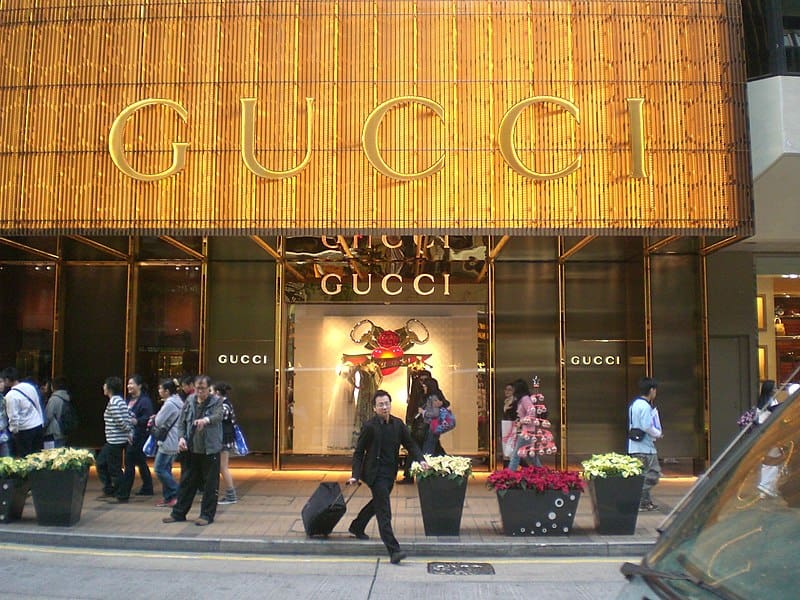
Founded in 1921 by Guccio Gucci in Florence, Gucci began as a small luggage company, drawing inspiration from the refined aesthetics of English nobility. It gained recognition for its high-quality leather goods, including handbags and shoes, often featuring the signature green-red-green stripe. In the 1950s, it introduced the bamboo-handled handbag, which became an instant classic. The interlocking “GG” logo, representing the founder’s initials, was introduced in the 1960s and has since become synonymous with luxury. Vintage Gucci items, especially those from the mid-20th century, are prized for their distinctive design and superior craftsmanship. Its ability to blend tradition with modernity has kept it at the forefront of fashion. Its recent collaborations and innovative designs continue to attract a new generation of fashion enthusiasts.
Burberry
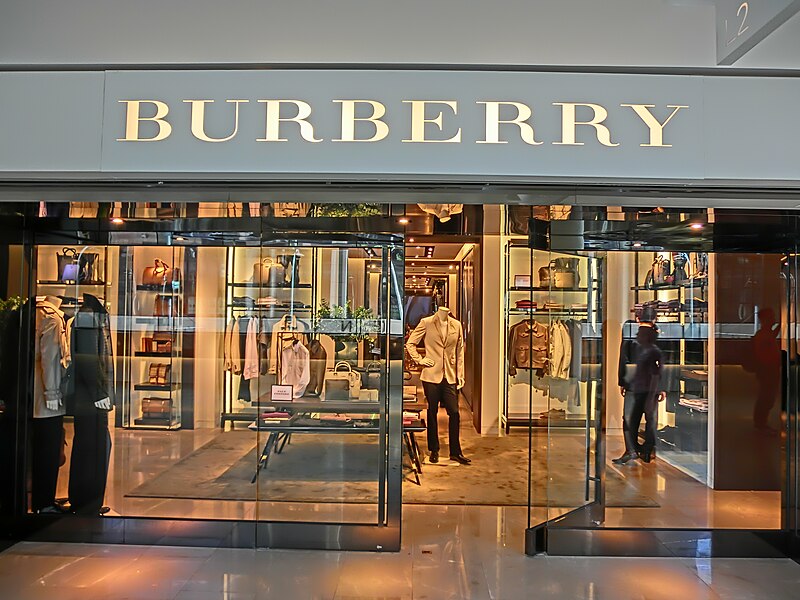
Established in 1856 by Thomas Burberry in Basingstoke, England, Burberry is renowned for its trench coats and distinctive check pattern. The invention of gabardine fabric in 1879, a waterproof and breathable material, revolutionized outerwear and became a staple in Burberry’s designs. The trench coat, developed during World War I, became an iconic piece associated with British heritage and style. Its signature check, introduced in the 1920s, has been used in various products, from scarves to umbrellas. Vintage Burberry items, particularly trench coats from the mid-20th century, are highly sought after for their timeless design and durability. Its commitment to quality and innovation has ensured its enduring appeal. It continues to evolve, embracing modern trends while honoring its rich heritage.
Ralph Lauren

Ralph Lauren founded his namesake brand in 1967, starting with a line of men’s neckties that soon expanded into a full range of clothing and lifestyle products. Known for its preppy American aesthetic, its designs draw inspiration from classic British and Ivy League styles. It gained popularity in the 1970s with the introduction of the Polo line, which became synonymous with casual elegance and luxury sportswear. Signature pieces, like the Polo shirt with the iconic pony logo, defined an era and remain highly collectible. Its commitment to timeless design and quality fabrics has ensured its pieces continue to be sought after by vintage clothing enthusiasts. Vintage Polo Ralph Lauren items, particularly those from the 1980s and 1990s, hold a special appeal for their classic Americana vibe. Today, collectors prize items like the “Big Pony” sweatshirts and rugby shirts, which are symbols of retro sportswear style.
Fendi
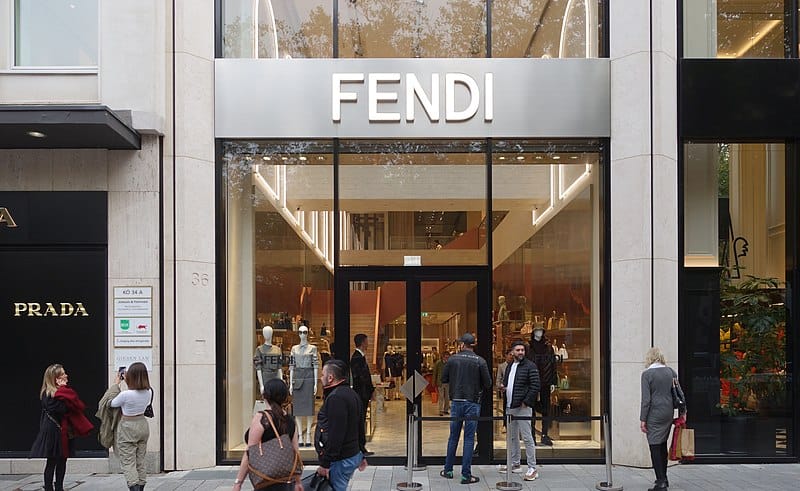
Established in 1925 by Adele and Edoardo Fendi in Rome, Fendi originally specialized in fur and leather goods, quickly gaining a reputation for Italian craftsmanship and luxury. It achieved international acclaim under the creative direction of Karl Lagerfeld, who joined in 1965 and introduced the iconic double “F” logo, symbolizing “Fun Fur.” Its innovative approach to fur and leather redefined luxury fashion, with pieces that blended Italian elegance with bold, contemporary designs. Known for creating the “baguette” handbag, which became a cult favorite in the late 1990s, it secured its place in the world of collectible fashion. Vintage Fendi pieces, particularly fur coats, leather goods, and accessories from the Lagerfeld era, are especially coveted. Collectors prize these items for their historical significance and the craftsmanship that goes into each piece. Today, it remains a beacon of Italian luxury, seamlessly combining heritage with innovation.
Pierre Cardin
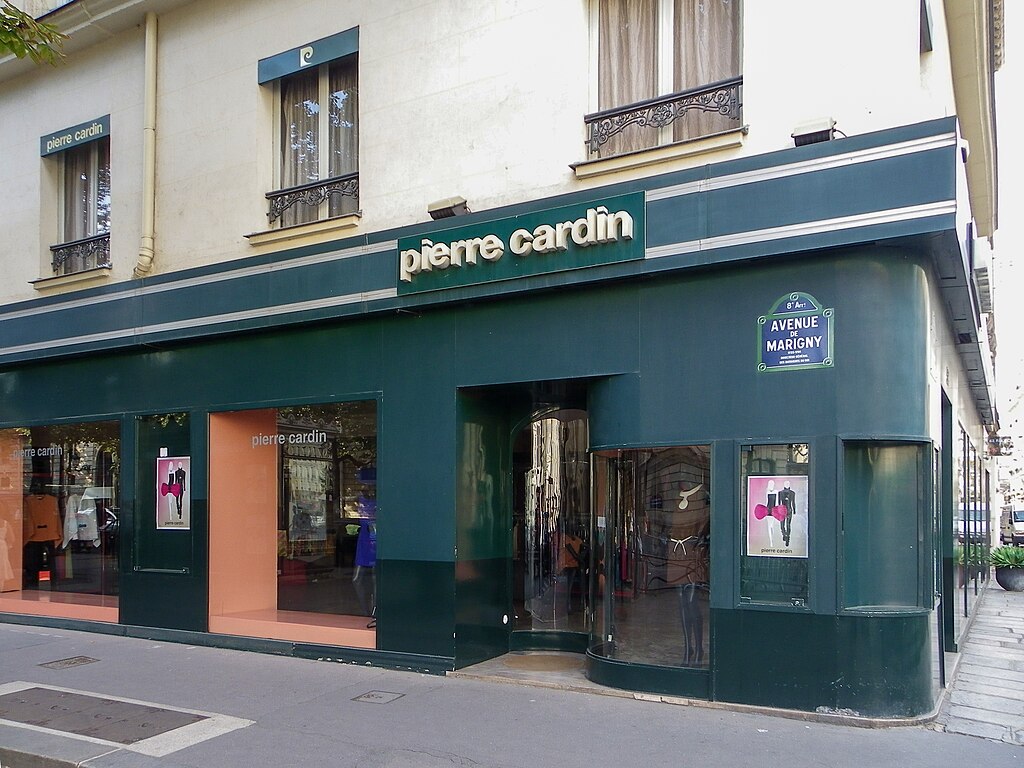
Pierre Cardin, founded in 1950 by the avant-garde French designer of the same name, is known for its futuristic and space-age-inspired designs. His groundbreaking work in the 1960s and 1970s set new standards in fashion, experimenting with bold shapes, metallics, and unconventional materials. His famous bubble dresses and structured silhouettes captured the imagination of a generation, earning him a place among fashion’s most innovative minds. Vintage Pierre Cardin items, especially dresses and suits from the 1960s, are highly collectible for their unique design and influence on modern fashion. Its expansion into ready-to-wear was one of the first among luxury houses, making high fashion more accessible. Collectors seek out its vintage pieces for their distinct look and their connection to an era of boundless creativity and exploration.
Balenciaga
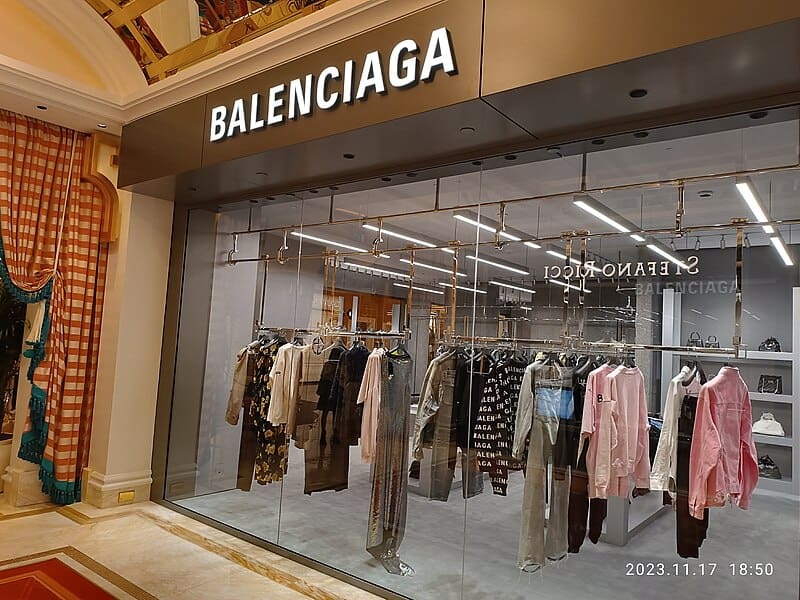
Cristóbal Balenciaga founded his fashion house in 1917 in Spain before relocating to Paris, where he became known as the “master of us all,” a title given by Christian Dior. Known for his impeccable tailoring and architectural silhouettes, its designs focused on form, precision, and a deep understanding of garment structure. It rose to prominence in the 1950s and 1960s with pieces like the sack dress and cocoon coat, which broke away from the hourglass shapes of the time. Its focus on simplicity and elegance attracted a high-end clientele, making his designs timeless collectibles. Vintage Balenciaga items, particularly from the mid-20th century, are sought after for their minimalist, sculptural beauty. Today, it remains a leader in fashion, blending its heritage with avant-garde, cutting-edge design under modern creative direction.
Emilio Pucci
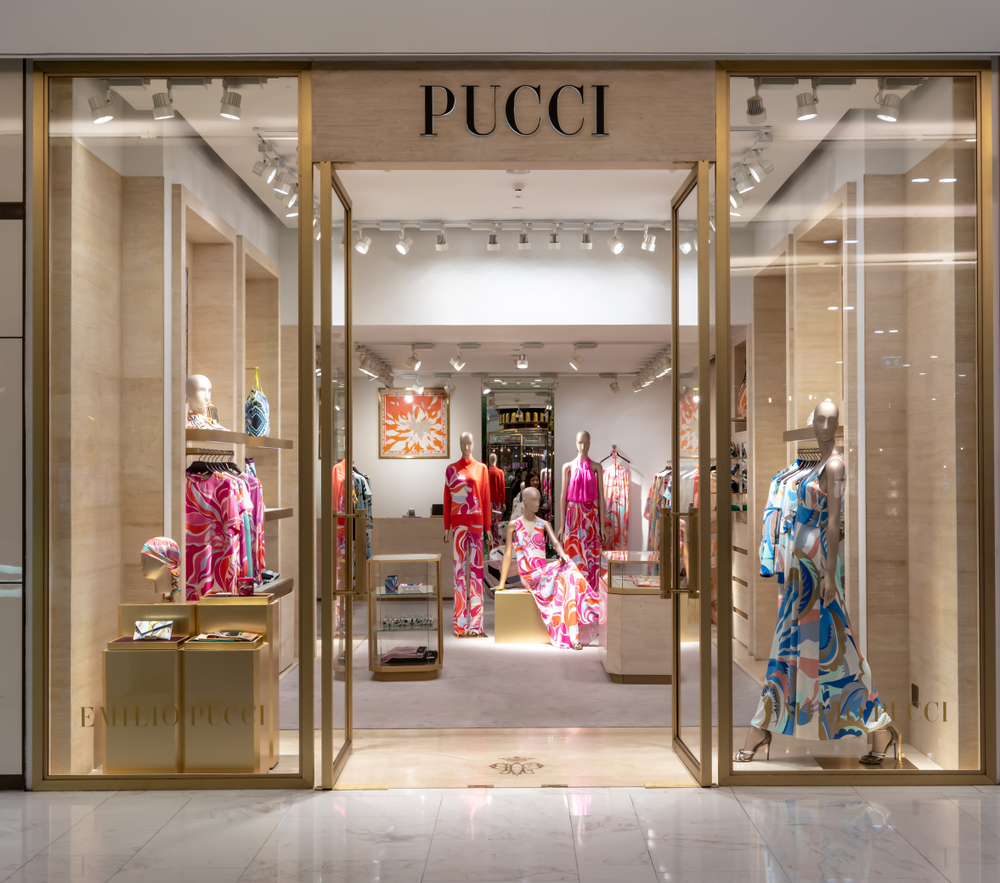
Emilio Pucci, founded in the 1940s by Italian designer Emilio Pucci, is known for its vibrant prints and luxurious, easy-to-wear fabrics. Initially inspired by ski and resort wear, he developed a line that combined comfort with eye-catching colors and patterns, a fresh departure from formal European fashion of the time. His signature kaleidoscopic prints and fluid, wrinkle-free fabrics became wildly popular in the 1960s, defining an era of relaxed, bohemian glamor. His designs, from flowy maxi dresses to silk scarves, are considered timeless and continue to appeal to collectors. Vintage Pucci items, especially from the 1960s and 1970s, are highly valued for their unique patterns and Mediterranean elegance. The brand continues to innovate while honoring his original vision, making vintage pieces from this iconic label timeless treasures for fashion aficionados.
This article originally appeared on Rarest.org.
More from Rarest.org
12 Rare Mammals That Live in the World’s Tallest Mountains
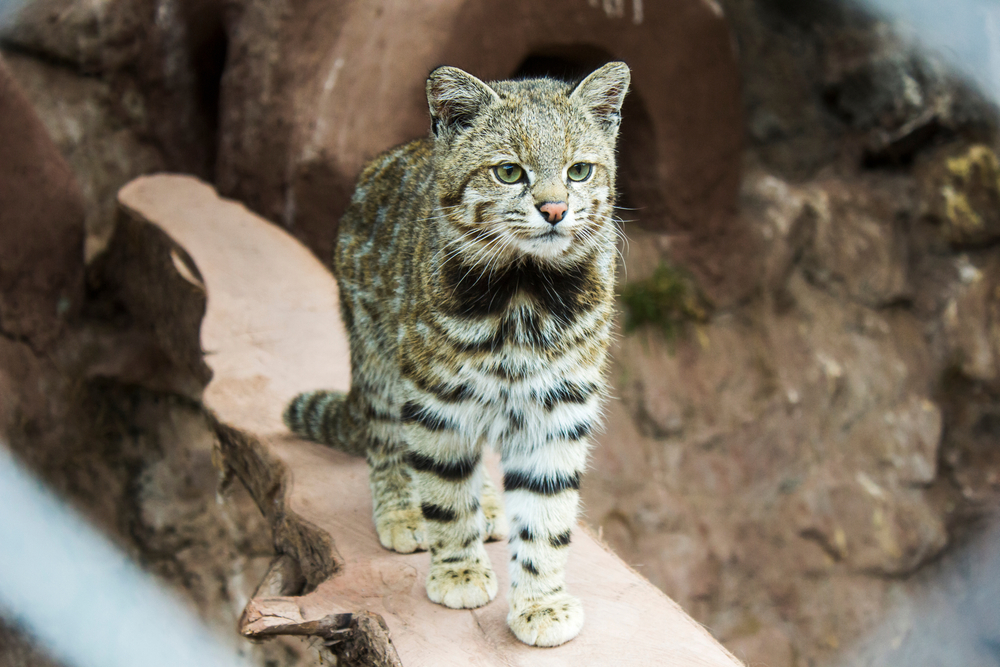
High-altitude regions around the world are home to some of the most unique and uncommon mammals on the planet. They have adapted to survive in the harsh, cold, and rugged environments of the world’s tallest mountains. Read More.
15 Rare and Exotic Amphibians Thriving in Remote Jungles
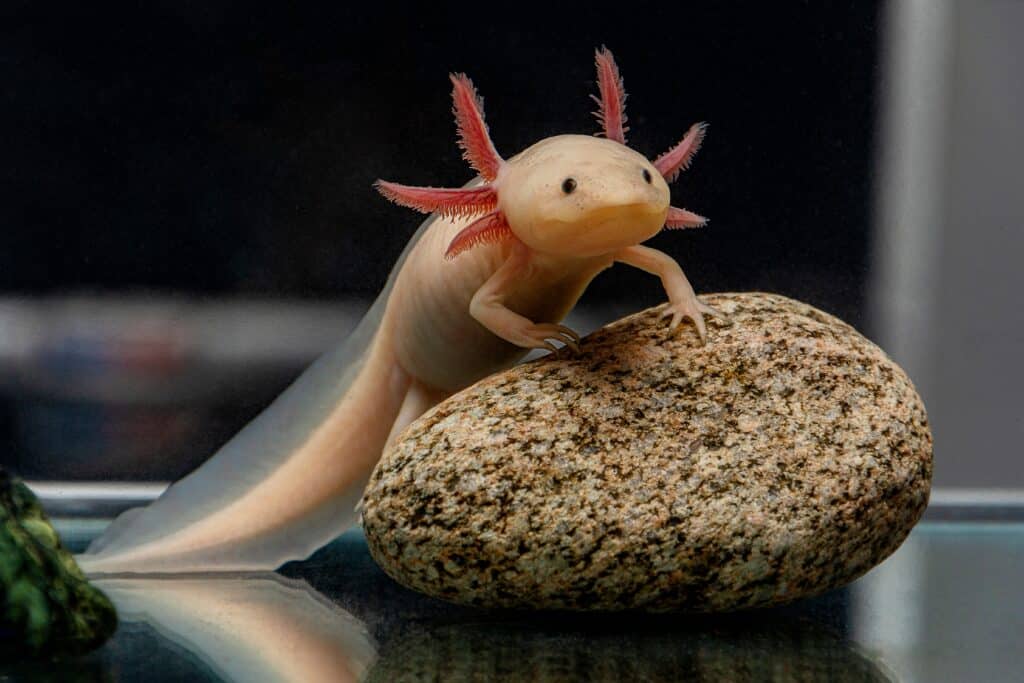
Deep within the world’s most remote jungles, a diverse range of rare and exotic amphibians thrive, often hidden from human view. These remarkable creatures have evolved unique traits to survive in their specific environments, from vibrant colors that ward off predators to extraordinary abilities like gliding or regenerating limbs. Read More.
16 Unique Flora and Fauna Found Only in Isolated Ecosystems

Isolated ecosystems have given rise to some of the most unique plants and animals on Earth. These regions, often cut off from other landmasses for millions of years, allow species to evolve in ways that are found nowhere else. Read More.
